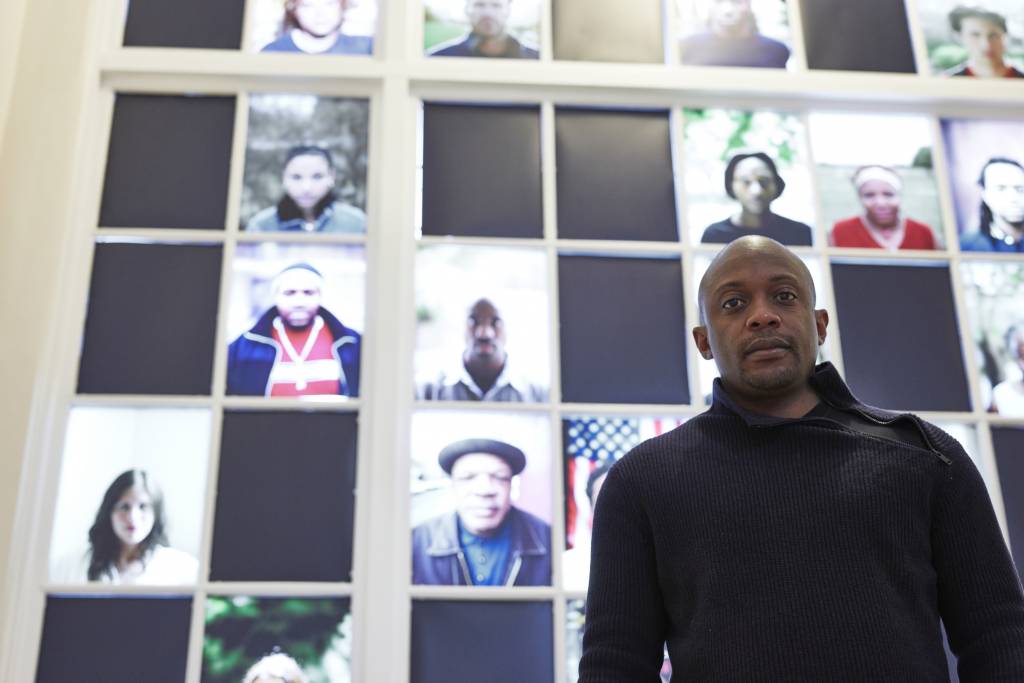AG: While we’re talking about contemporary art and culture, why do you think it’s important to pay attention to contemporary art, or art that is being created today?
HWT: Because there’s never been more people who feel that they have something to say, and there are people who will listen. Typically, people from certain communities always made the work, but by and large, they made it assuming that the majority of the world would never care about them, whereas these days, we have social media and a more connected society. We see that we can build an audience that is not necessarily tied to a geographic or ethnographic community, but instead, a global community. We see ourselves as part of a global conversation where you can really talk about contemporary art as a manifestation of the hive mind. We’re influenced by so many things, people, and cultures, and so many moments in history that we don’t even know where the inspiration for much of our work comes from, but it really says a lot more about our society than you’ll find in most history books, because this is the contemporaneous product of the subconscious mind. Looking back, most of what we know about ancient cultures is through their art. It’s not about the written document as much as it is about the cultural products they produced, whether it be through architecture or sculpture, painting, food, clothing. Various forms of contemporary art are the clues to what binds cultures.
“I feel like Picasso may be timeless, but Beyoncé’s eternal.” – Hank Willis Thomas
AG: I want to talk a bit about collaboration. You’re an avid collaborator. You work with everyone. You and I have had the opportunity to work together on various projects over the last six years.
HWT: We first worked together on a bus bench project in Chicago.
AG: We did work on a bus bench project, yes! How can art museums help to foster discourse for their guests?
HWT: I don’t think a lot of museums do a good enough job of showing the connection between the work that artists are doing (historically and contemporarily) to various political events and happenings of their lifetime. For example, we’ll go back to Picasso, who was seen as the most influential artist of the twentieth century – it’s not a coincidence that his work and the work of other modern artists changed dramatically right around the same time that Europe started to explore and colonize Africa. How can we not talk about the birth of contemporary modern art being African thought?

Hank Willis Thomas (American, born 1976). Guernica, 2016. Mixed media including sport jerseys. 131 x 281 inches. © Hank Willis Thomas. Courtesy of the artist and Jack Shainman Gallery, New York.
AG: I appreciate you bringing up the relationship between Europe and Africa. That’s really great.
HWT: We’ve seen so much about the domination and exploitation of Africans by Europeans but we know virtually nothing about the domination and exploitation of Europe by Africans. I feel like those are the things we’re slightly moving toward but we should be thinking more about the global impact on and of artists.
[This concludes Part I of our interview with Hank Willis Thomas. Read Part II here.]
Get your tickets to Hank Willis Thomas: All Things Being Equal… and learn more about the exhibition.
[Cover photo: Artist Hank Willis Thomas at the Portland Art Museum. Courtesy of the Portland Art Museum, Oregon.]




